Author(s): Niu Muqing* and Zhang Jiabao
Since COVID-19 pandemic, the ongoing pressure on medical waste management (MWM) in medical facilities has been pressing. A medical institution uses advanced information technologies such as the Internet of things, artificial intelligence, 5g and cloud computing to optimize the medical waste management mode in combination with the medical waste disposal process. By building a big data management platform and synchronously upgrading intelligent terminals, it achieved Informatization and intellectualization in medical waste manage process. It standardize and transparent the MWM system throughout the process by recording and uploading the data in real time. The comprehensive safety management and control of medical waste is realized, which improves the effectiveness and standardization of medical waste supervision in the hospital, and also lays a foundation for intelligent scheduling of future logistics management system.
Medical waste refers to the waste with direct or indirect infectivity, toxicity and other hazards generated by medical and health institutions in medical treatment, prevention, health care and other related activities [1,2]. The potentially harmful microorganisms contained in medical waste may infect hospital patients, medical workers and the general public in the case of poor management. Needles that are not properly handled even pose a huge risk of infection and create opportunities for reuse [3].
According to a report of the World Health Organization (2022) [4]. Since the outbreak of COVID-19, the number of various types of medical waste, including personal protective equipment (PPE), such as facemask, gloves, face shields, goggles, coverall suits, has surged. Medical waste systems around the world are facing increasing pressure, and the management mode of medical waste needs to be improved. Under the influence of COVID-19, medical waste disposal in China is also facing great pressure. According to the Ministry of ecology and environment, as of June 6, 2020 [5]. China’s medical waste disposal capacity was 6245.4 tons/day, an increase of 1342.6 tons/day compared with 4902.8 tons/day before the epidemic. Only on June 6, 3499.0 tons of medical waste were collected and disposed nationwide, with a load rate of 56.0%. From January 20 to June 6, 2020, a total of 447000 tons of medical waste were disposed nationwide. Faced with the increasingly pressing pressure of medical waste treatment, since January 2020, China has successively issued various management and technical documents related to medical waste. In April 2020, China’s law on the prevention and control of environmental pollution by solid waste was revised for the second time, further clarifying the main responsibility of medical institutions for the classified collection of medical waste, as well as the reporting requirements for the type, quantity, mode of transport, storage and disposal of the medical waste.
In recent years, the National Health Commission and the Ministry of ecological environment, together with relevant departments, have continuously improved the legal system of medical waste management and further standardized the waste management in medical institutions. However, in actual practice, the medial waste management in medical institutions of the production, handover, transfer and temporary storage of medical wastes in the hospital still needs further improvement
As early as 2003, China promulgated the Measures for the Management of Medical waste in Healthcare Institutions, together with the Catalogue of Classification of Medical waste and other normative documents, and the Catalogue of Classification of Medical Waste was updated again in 2021. However, due to lack of attention and Insufficient management, in the actual practice, it is common to mix domestic garbage with medical waste, to mix damaging waste with infectious waste, to fill the labels of different types of medical waste incorrectly, to fill too full packaging containers without timely sealing or effective sealing [6,7,8]. This has greatly increased the cost of medical waste disposal, increased the occupational exposure risk of healthcare workers in the process of medical waste disposal, and increased the risk of accidental spillage and leakage of medical waste.
During the handover between the medical waste generation department and the medical waste transportation personnel, as well as between the medical waste temporary storage and the medical waste disposal institution, some medical institutions did not strictly implement the weighing handover system, and only handed over after manual estimation [9]. There is no on-site handover / double signature with medical staff in the process, and there is no effective registration for internal handover. The quantity of medical waste generated is not accurate from the source. The incomplete registration makes the supervision more difficult and untraceable.
Some medical institutions have problems such as insufficient protection of collecting personnel, non-satisfiable transfer vehicle, transfer vehicle overfill, and failure to transfer according to the specified route and time. These problems increase the risk in the process of medical waste transportation, and also causes the accumulation of medical waste in some departments to exceed the specified time.
Some medical institutions have temporary storage facilities for medical wastes, which do not conform to relevant regulations. Common problems include: no temporary storage in the wards, the temporary storage building in medical institutions is not far away from the medical area and personnel activity area, insufficient temporary storage area, no cleaning and disinfection facilities for transfer cart etc.
Lack of Regulatory Regime in the Healthcare Institutions The current status of medical waste treatment in hospitals in China [5,7,10]. can reflect that the process is ineffective and arbitrary. Many hospitals have not identified the Logistic and Supply Department as the competent department of medical waste, nor have they formulated effective medical waste treatment management systems and emergency plans. Even hospitals with clear management departments have failed to give full play to their due roles in actual work, resulting in unclear responsibilities of departments, ineffective implementation of various systems, and nominal organizational structure of medical waste management.
Due to the lack of information-based supervision of medical waste in most medical institutions, on-site spot check supervision, check registration and other methods are still used for the supervision of medical waste in the aspects of source classification, temporary storage, in-hospital transfer and handover, resulting in the lack of pre- and in-process supervision, and the lack of traceability of post-mortem supervision, which is a difficulty in the standardized treatment of medical waste.
The hospital has established and improved the organization system of medical waste management and established a leading group for medical waste management. The group has legal representative as the group leader, together with functional departments such as logistics, infection control, medical, nursing, pharmaceutical and medical device as management level, clinical departments and medical technology departments as the execution layer. On this basis, the application of the intelligent management system was integrated, and the collection and collection system of medical waste, the collection, transportation and temporary storage system of medical waste, the emergency disposal process of medical waste loss, leakage, diffusion and accidents and other systems and processes were revised and distributed to relevant departments and departments for compliance.
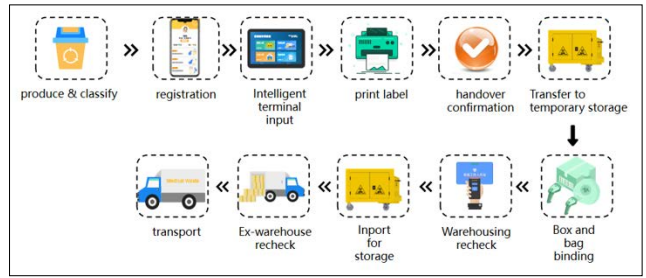
Figure 1: Whole Life Cycle Online Tracing Process
In order to solve the problem of nonstandard source classification of MW, this hospital renovated the functional rooms in each ward. Referring to and integrating the opinions of experts, on the premise of meeting the working habits of medical staff in the ward, a filth room integrating sorting and temporary storage was built. Medical waste classification process and various medical waste container identifications are made and pasted above the sorting table to facilitate medical staff and various personnel in the ward (cleaning staff, interns, etc.) to correctly classify according to the identifications.
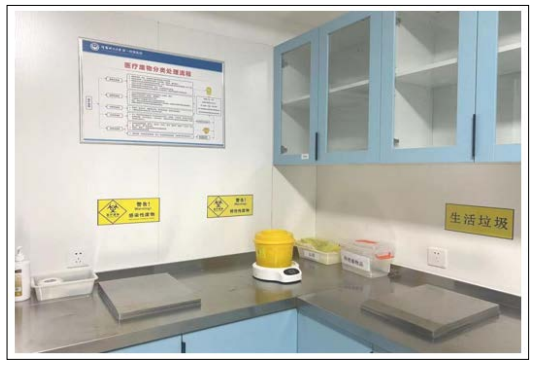
Figure 2: Sorting Table in the Filth Room
In the filth room, different numbers of intelligent temporary storage containers are placed according to the characteristics of medical wastes generated in the ward. At present, the temporary storage container used has a capacity of 100L, which can be adjusted according to the MW production of the ward in the future. Each temporary storage container is used for temporary storage, weighing and printing detailed labels for one class of MW. In view of the characteristics of face-to-face handover of medical waste, double locks are set, that is, medical personnel and collectors must swipe their cards on site to hand over before opening the door. The data of medical waste input and withdrawal from the temporary storage container are uploaded to the medical waste management platform of our hospital synchronously. Data include generation (sealing) time, MW generation department, handover personnel, MW category and weight. It avoids the paper registration, makes the process clearer and traceable, and solves the disadvantage that the paper registration cannot be cleaned and disinfected. Monitoring is set in the filth room to monitor the classification process of medical waste and the status of the temporary storage container in real time.
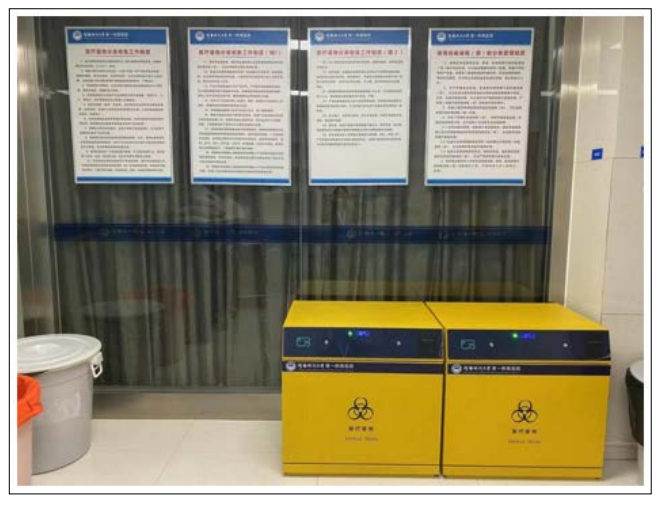
Figure 3: Intelligent Temporary Storage Container in the Filth Room
In order to solve the problem of nonstandard setting of temporary storage places for MW, intelligent temporary storage places with sufficient storage area is designed and constructed in areas far away from medical areas, food processing areas, densely populated areas and domestic garbage storage places in the hospital. In the building, medical waste temporary storage area, transfer vehicle cleaning room, transfer vehicle storage room and functional rooms are established in order from clean to dirty. According to the preset route, the intelligent transfer vehicle can open the gate of each area to complete the command task.
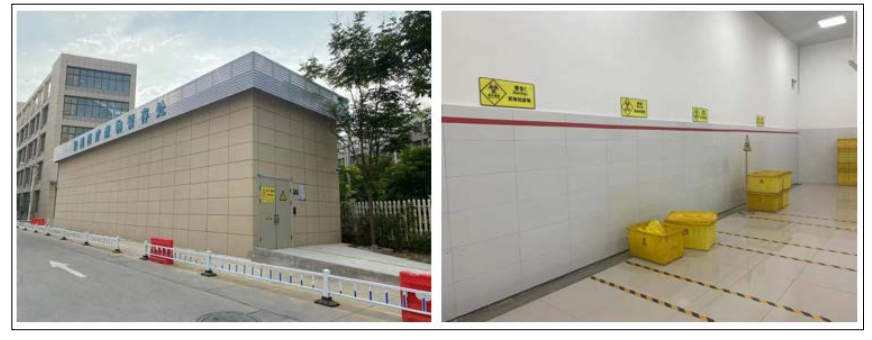
Figure 4: MW Temporary Storage Building Figure 5 Mw Temporary Storage Area
Our hospital has designed two kinds of transfer schemes for the intelligent medical waste, with manual transfer vehicles and intelligent robots running synchronously which lay a foundation for future data collection and analysis and comparison economically and managerially.
Manual transport vehicles are commonly used in most wards. The manual transfer vehicle has many functions include monitoring camera, scanning code, weighing, data uploading, auxiliary forward, anti-leakage, anti-loss and internal disinfection. The capacity of the carriage is 600L, and 3-5 wards can be recovered at one time. The medical waste is weighed again when it is put into the transfer vehicle, and the generated data of medical waste is uploaded in real time, which reduces the steps of paper registration and handover
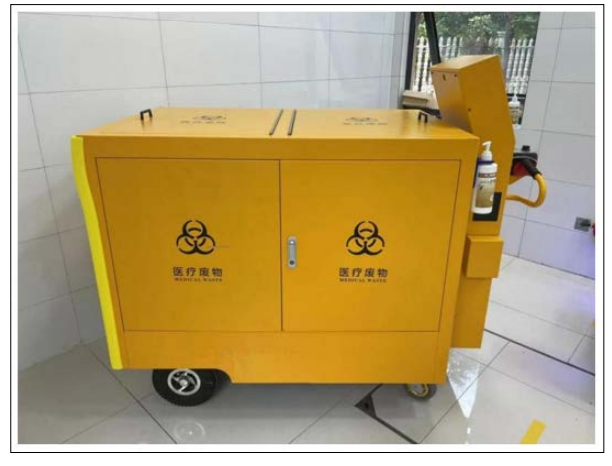
Figure6: Manual Transport Vehicle
In other wards, split-type intelligent distribution robots are used, whose boxes replace the function of temporary storage container in the filth room, and each box can temporarily store 100L of two types of medical waste at the same time. When the sealed medical waste bag is put into the box, the information of medical waste producing department, type and weight is uploaded. When the container in the ward filth room reaches the temporary storage limit, the medical staff sends a signal to the intelligent medical waste management system through phone application. The signal locks the container, and sends instructions to the intelligent robot. The intelligent robot is equipped with a variety of obstacle avoidance and protection devices such as liDAR and anti-drop sensors, and is equipped with three-dimensional maps according to the route designed by the institute. An intelligent robot can serve 3-5 wards at the same time considering the service time of the dirt elevator. The robot carries the empty container and automatically calls the dirt elevator to the ward. After the staff scans the card with the robot at the nurse’s station, the robot moves to the filth room, replaces the fully loaded container. According to the preset route, the container will be transported back to the storage place for removal, code scanning, storage, classification and temporary storage. This process simplifies the paper handover between ward medical staff and logistics transport staff, avoids possible irregular operations during transport, and maximizes the risk of occupational exposure and medical waste leakage.
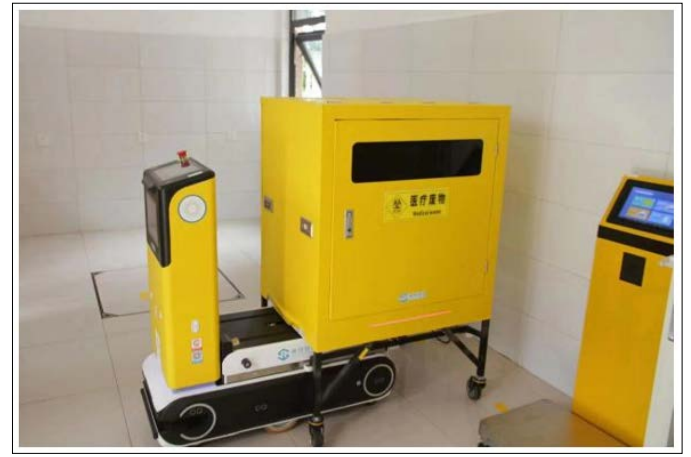
Figure 7: The Transfer Robot is Ready to Deliver the Empty Container
Management system of medical waste collection, transfer, storage, transportation and disposal.
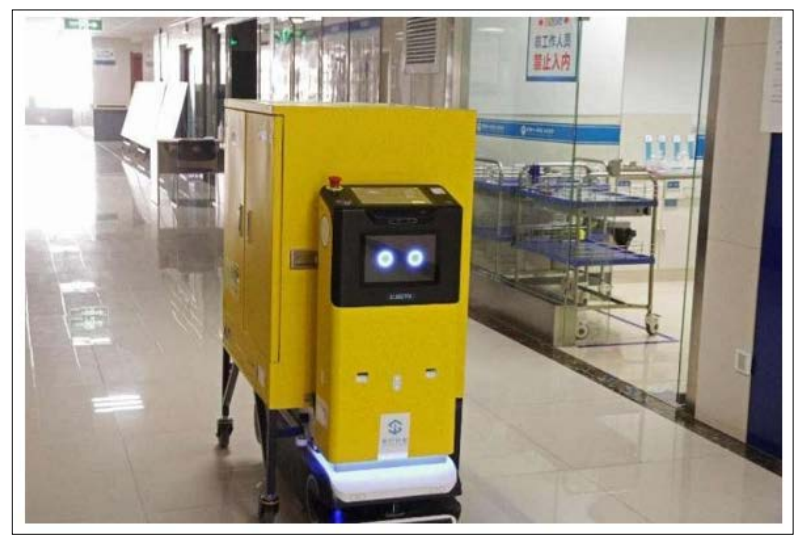
Figure 8: The Transfer Robot Carries the Empty Container to the Ward
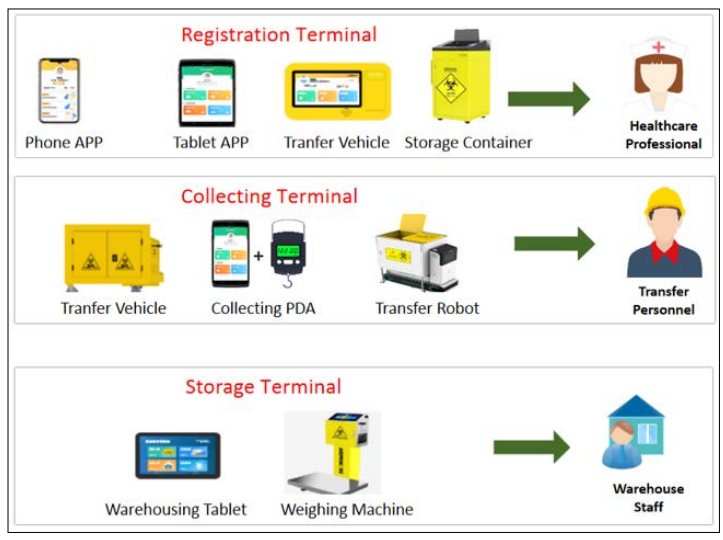
Figure 9: Intelligent Port and Docking Personnel
Use the Internet of things, cloud computing, artificial intelligence, big data and other mainstream technologies to build a powerful one-stop intelligent medical waste software architecture. It connects medical waste registration APP, intelligent MW storage container, intelligent transfer vehicle, intelligent warehousing and other equipment to realize the information operation of the whole process of medical waste management.
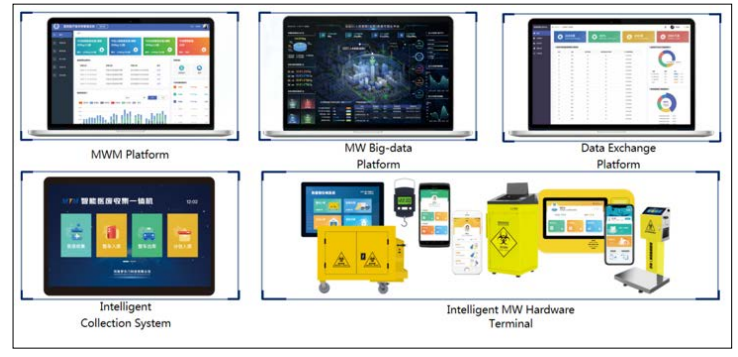
Figure 10: One-stop intelligent medical waste software architecture
The management end provides complete management functions, such as early warning messages, whole-process traceability, production and waste dynamics, inventory dynamics, elimination records, statistical reports. Through the Internet of Things information technology, it replaces the traditional manual operation mode of medical waste, and uses intelligent equipment and intelligent supervision platform to realize the full closed-loop.
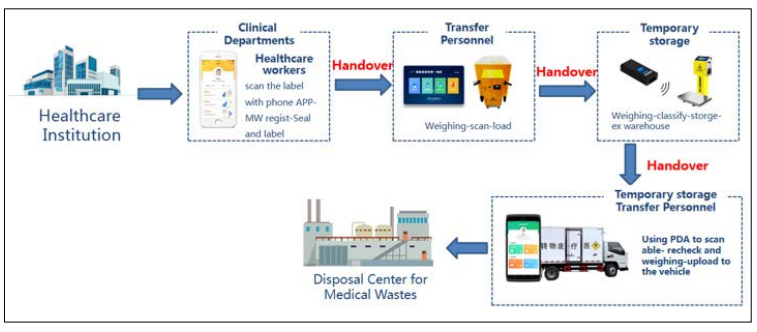
Figure 11: Closed Loop Management System for Medical Waste
The intelligent management platform of MW in the hospital is still in its early stage, but the data generated in each link of medical waste management lays a foundation for the intelligent scheduling of logistics management system in the hospital. Through data summary and analysis, various resources such as personnel, turnover boxes and vehicles can be reasonably scheduled in the future, so as to achieve rational utilization of resources, maximize efficiency and achieve optimal cost.
Using big data calculation, real-time data analysis, data statistics of various dimensions, the intelligent MWM platform is able to achieve pre-prediction, in-process perception, and post-feedback.
The overall big data platform of our hospital was designed according to the provincial requirements for business data standards, in line with the technical requirements of the data interface of the provincial medical waste supervision platform, and realized data interconnection and information sharing among the departments of the Ecological Environment and Health Commission, which improved the modern management level of medical waste disposal. Under the premise of “system standardization”, various processes are sorted out from the aspects of medical waste generation, sorting, collection, transport, storage, transportation and disposal. Through training, business processes are made, and each bag of medical waste can be traced and queried at any time through the intelligent management system. The data generated in each link are collected into the intelligent medical waste management system, and the overall situation of medical waste, real-time dynamic information of medical waste and early warning information are displayed in the form of graphs and other forms. The visualization effect directly affects the judgment of background personnel on the overall situation of current medical waste, so as to achieve “intelligent management”. The system supervises the whole process when the medical waste is not timely discharged and stored, abnormal production and waste, abnormal weight, loss and damage, saving manpower, achieving “fine supervision”, and improving the information and intelligent level of medical waste supervision.
In conclusion, the use of intelligent management system in medical institutions for the whole process of medical waste management has improved the efficiency of logistics management. It provides a reference for other hospitals to develop informationalized and intelligent medical waste management. Cloud computing platform data storage lays a foundation for future data interconnection between regulatory authorities and medical waste producers, data docking, data sharing, real-time data query, and the construction of a “traceable full closed-loop regulatory platform” of joint supervision and joint law enforcement. The application of intelligent management system in hospital medical waste management is another leap of information management in our hospital, and is an innovation in hospital medical waste management. It realizes the information, intelligent and professional management of medical waste circulation, maximizes the elimination of illegal loss of medical waste, reduces the risk of contact and infection of hospital staff, and makes the hospital’s management and treatment of medical waste more transparent, standardized, safe and efficient.
